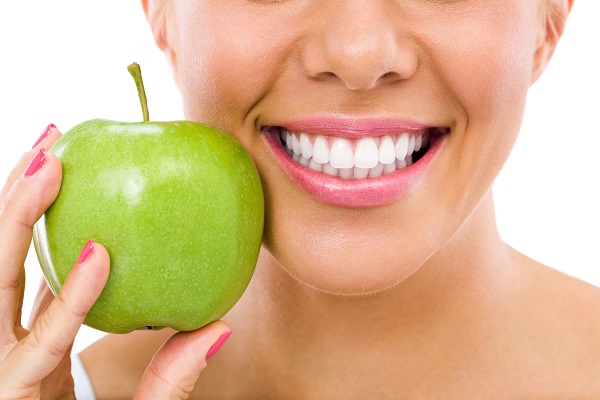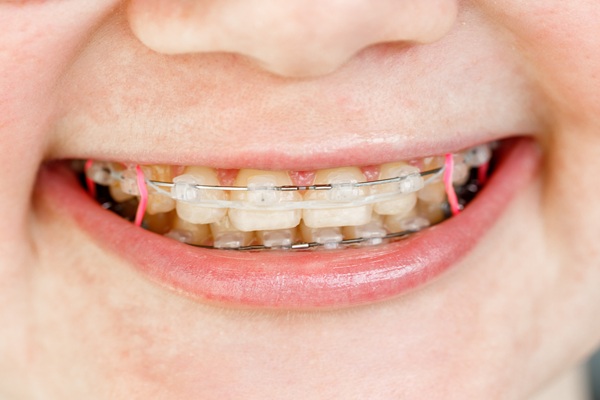Family Dentistry Information: Teeth for Cutting, Grinding and Chewing Food

Teeth exist for more than simply making us look better. In fact, teeth are an essential part of our ability to function normally on a daily basis.
Each one of our teeth serves an important purpose for eating food. The role of some teeth is simply to tear and cut the food, whereas others exist to chew, grind and crush food.
Teeth used when eating
There are four main types of teeth, and they all serve a vital role in our ability to eat food effortlessly.
The four main types of teeth are incisors, canines, premolars and molars. The following is everything you need to know about the role each type of tooth plays in our ability to bite, tear and chew food effectively.
Incisors and canines
The incisors and canines are the teeth that are located in the front of the mouth and are the most visible.
However, incisors and canines play a much larger role than shining and filling out a beautiful smile. Instead, incisors and canines are incredibly important to our ability to eat, especially foods that are hard to tear, such as meat and hard fruits and vegetables.
While incisors and canines are not typically used much in the actual chewing and grinding process, they are essential to being able to consume larger pieces of food without the need to cut everything into small bites. Without incisors and canines, eating becomes much more challenging.
Premolars
Premolars are very similar to molars, although there are some differences regarding cutting, grinding and chewing food.
Premolars, which are located behind the incisors and canines and in front of the molars and third molars, are perhaps the most versatile type of teeth when it comes to eating. Premolars are sharp enough to be able to tear food, while also having a flat enough surface to be able to grind and chew food up as well.
Whereas incisors and canines help with speech and support the lip, attributes not directly related to the ability to eat, premolars help less with functions not directly related to eating food. Premolars are also less visible than incisors and canines as well.
Molars
Molars are the set of teeth farthest back in the mouth, and they are located directly behind the premolars. In total, there are eight molars in the mouth, two located in each of the four corners of the mouth.
The main purpose of the molars is to chew, grind and crush food, and they generally are not used to cut or tear food. Molars are able to place the highest amount of pressure onto food, which is why they are so successful at accomplishing their role.
Although molars do help support the cheeks, they typically do not help much with functions not directly related to eating in the same manner incisors and canines do.
Additionally, there are four additional molars in the farthest corner of the mouth known as third molars or wisdom teeth.
Are you considering treatment for teeth in the St Petersburg area? Get more teeth information at https://www.baydentalfl.com.
Check out what others are saying about our services on Yelp: Read our Yelp reviews.
Recent Posts
Treatment with braces can improve your oral health and help you smile with more confidence. However, there are important instructions to follow for treatment to be safe and effective. Among these instructions is important information on foods to avoid during treatment, as they can be damaging to your braces and your teeth. According to Healthline, many…
Your dental health may indicate how well your immune system is working. If you have poor oral hygiene habits, you may be more likely to have oral health problems. This can negatively affect your immune system. The immune system is important for helping you fight off diseases, such as COVID-19. Keep reading to learn how…
A preventative dentist focuses on maintaining a patient’s oral health and preventing problems, such as sensitive teeth, from becoming more serious issues, like gum disease. This typically involves routine dental checkups, cleanings, and oral health screenings. By focusing on prevention, patients have a better chance of avoiding the need for more extensive and costly treatments…
Preventive dentistry is a branch of dentistry that focuses on keeping your mouth healthy in order to save you money. It starts with you taking good care of your mouth at home by brushing at least two times per day, flossing daily, and avoiding things that can damage teeth. Preventive dentistry also includes procedures performed…


